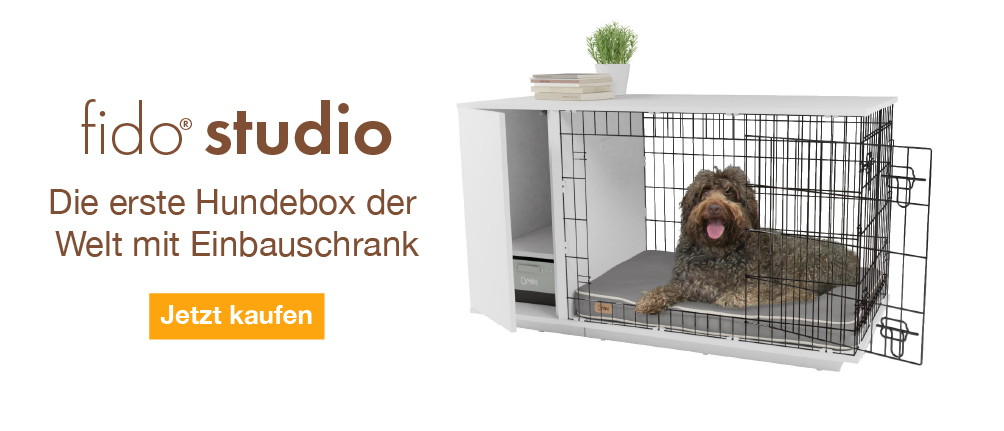Hamiltonstövare
History
The Hamiltonstovare, also known as the Hamilton Hound or simply 'Hamilton', originates from Sweden and was developed by the founder of the Swedish Kennel club Adolf Hamilton. Several different breeds of German hound were used, plus Harriers and English Fox hounds to create this independent hunting dog. They hunt on their own and can wander for miles without tiring, tracking deer and hare. They are quite common in Sweden and starting to become more popular in Europe for hunting and showing, as well as companion dogs.
Behaviour
This sweet natured breed has a willingness to work and craves human companionship. They make good pets and are fine with slightly older children, as they boisterous ways can knock small children over. They are usually friendly with everyone they meet, but will bark when someone is at the door. They are gentle around people and other dogs if well socialised and like to know what is going on around them. Hamilton's bond very closely with their family, so it is important to allow them to meet other people to prevent protection issues. They should be fine with cats if introduced from a young age, but this is a hunting breed, that likes to give chase. Pet rabbits don't really stand a chance. They fit in well with family life if given enough exercise.
They have a strong hunting instinct and can run away for hours. They usually always return but this is in their own time. Best walked in a secure area or on a lead. No matter how good you think their recall is, once they get a scent they will be off! They have a huge appetite for exercise and make good jogging partners for short runs. Without sufficient physical activity they soon become bored and can be destructive around the home. They really need a long daily walk/run and a vigorous play session at home to keep them content. Once this is achieved, they are happy to just be around you for cuddles.
Basic obedience should be started early, as this large breed can pull you over when on a lead. Walking to heel and basic commands should be taught first. They respond well to positive reinforcement and food rewards, but a 'well done' and physical contact seem to please the breed; they like to be close and crave physical contact with you. Harsh criticism will force the dog to withdraw. As mentioned above, recall is very hit and miss. Being bred to track and hunt is in their nature, so by all means try and teach recall, but it is unlikely to ever be 100% effective. Calm, confident leadership is the best approach when teaching this intelligent, yet sometimes stubborn, breed.
Their short coats require little in the way of grooming. They are clean dogs and only require a weekly brush to remove loose hair.
They are a healthy/sturdy breed, but some can suffer Canine Hip Dysplasia/Epilepsy. (Although this is rare).
Breed Details
- Status: Common
- Life Expectancy: 11 - 12 years +
- Produktgewicht: 23 - 27kg
- Höhe: 18 - 23"
- Rare: NEIN




